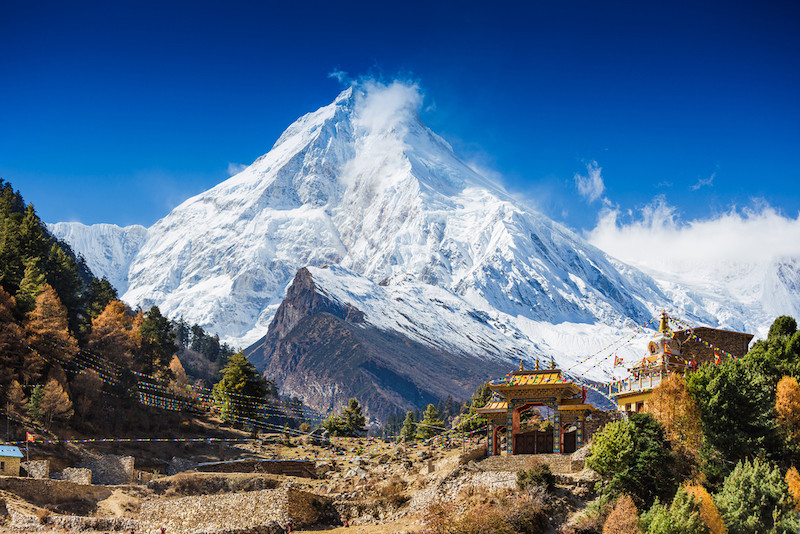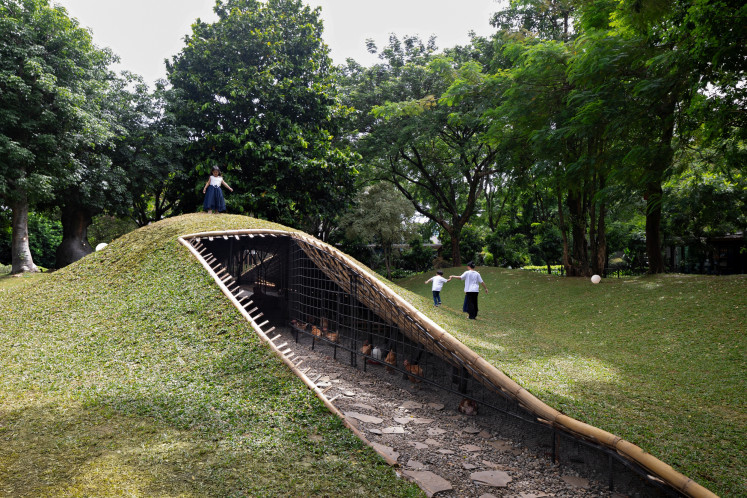Popular Reads
Top Results
Can't find what you're looking for?
View all search resultsPopular Reads
Top Results
Can't find what you're looking for?
View all search resultsMelting glaciers threaten Asia's drought buffer, scientists warn
Countries from India to Kazakhstan are far more dependent on melting glaciers for water than previously thought, particularly in summer droughts, scientists said, warning that rising temperatures were threatening supply.
Change text size
Gift Premium Articles
to Anyone
C
ountries from India to Kazakhstan are far more dependent on melting glaciers for water than previously thought, particularly in summer droughts, scientists said on Wednesday, warning that rising temperatures were threatening supply.
Each summer, the 95,000 glaciers in the mountain region spanning from Kyrgyzstan's Alai range to the Himalayas produce enough meltwater to support 221 million people, researchers at the British Antarctic Survey (BAS) calculated.
That provides a crucial buffer against droughts, when rains fail and reserves are strained, according to the study, published in the journal Nature.
But such protection is under threat as ice caps shrink under rising global temperatures, threatening the region, said Hamish Pritchard, the study's author.
"If we lose the glaciers then we lose that protection from drought," said Hamish Pritchard, the study's author.
At least a third of the ice in the Himalayas and the Hindu Kush will thaw by 2100, even if governments take tough action to limit global warming under the 2015 Paris climate agreement, a separate study found in February.
When drought hits, ice melt from those mountains - often referred to as the "third pole" - can account for up to 100% of the water in some of Asia's main rivers, Pritchard said.
Read also: Ocean heatwaves devastate wildlife, worse to come
This waterflow is expected to grow in the coming years as more of the ice melts, but will then start to decline towards the end of the century as the glaciers retreat - something that would exacerbate droughts, he said.
Droughts are already affecting people's access to drinking water, food production and electricity generation across the region, said Tianyi Luo, senior manager for water risks at the World Resources Institute, a think tank.
"Water demand is also expected to grow significantly over the coming decades ... due to growing population and food and energy demand," he said.
"If the demand is going up but supply is going down, already stressed water resources is going to be even more scarce."
Pritchard said effects could be particularly severe in drought-prone regions with arid summers such as the Aral basin in Central Asia, potentially forcing people to migrate or straining relations between countries that share a river.
"As the climate crisis increases pressure on already scarce water supplies, the impacts will be felt most severely by those with least access to clean water, threatening their health and livelihoods," said Jonathan Farr, policy analyst at the charity WaterAid.
"It is the poorest communities who are paying the price for the world's failure to act."











